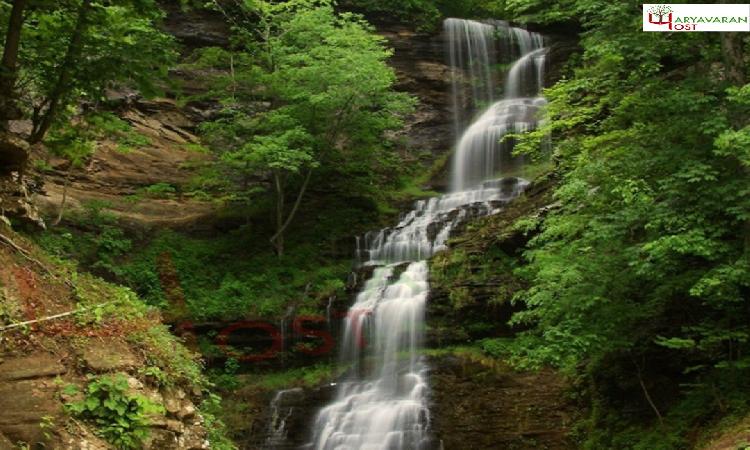

Landslides, also known as landslips, are geological phenomena where a mass of rock, debris, or earth moves down a slope under the influence of gravity. This movement can vary in speed from a slow creep to a rapid, devastating avalanche. Landslides are significant natural hazards that can cause considerable damage to infrastructure, loss of life, and economic losses.
Causes of Landslides
Landslides can be triggered by a variety of natural and human-induced factors:
Geological Factors:
These include weak, weathered, or fractured materials in the slope, and the presence of a permeable rock layer over an impermeable one, which can lead to water buildup and increase instability.
Morphological Factors:
These involve changes in slope geometry such as erosion at the base of the slope by rivers or oceans, or human activities like construction and mining that alter the natural slope.
Physical Factors:
Heavy rainfall, snowmelt, or changes in groundwater levels can saturate the soil, reducing its cohesion and triggering a slide. Earthquakes and volcanic activity can also destabilize slopes and cause landslides.
Human Activities:
Deforestation, poor agricultural practices, and unregulated construction can remove vegetation that stabilizes the soil, increase surface runoff, and destabilize slopes.
Types of Landslides
Landslides are classified based on the type of material involved and the nature of the movement:
Impacts of Landslides
The consequences of landslides can be severe, including:
Mitigation and Management
To reduce the risk and impact of landslides, several strategies can be employed:
In conclusion, landslides are complex natural events influenced by a combination of geological, morphological, physical, and human factors. Understanding these factors and implementing effective mitigation strategies is crucial to minimizing their devastating impacts on human lives, infrastructure, and the environment.